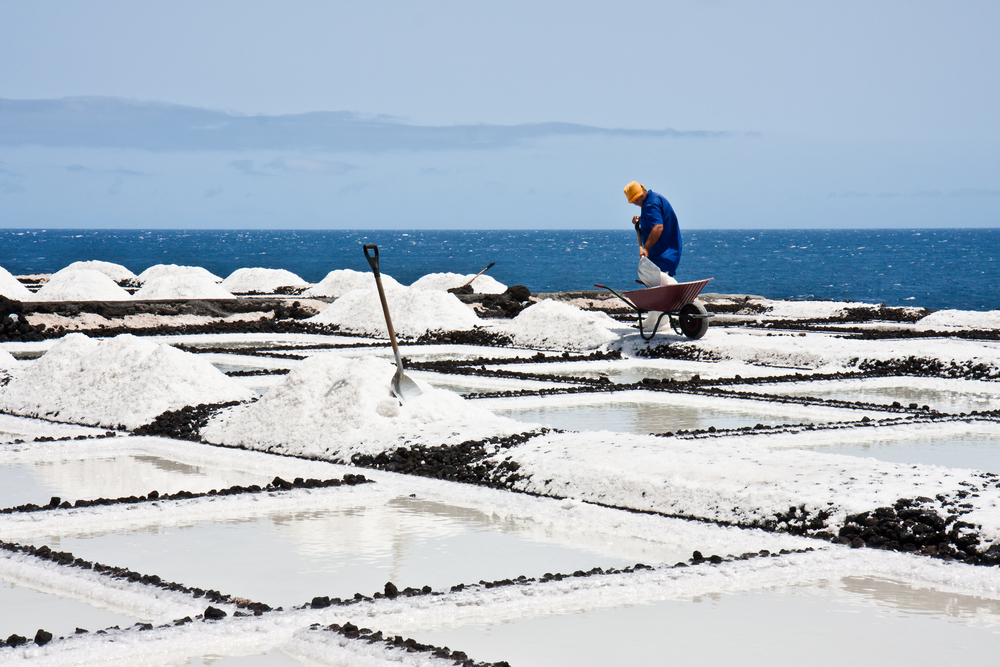Salt Industry in Kutch
 Kutch is bestowed with a long coastline and due to scanty rainfall, dry-weather; fairy high temperature, high wind velocity and suitable soil conditions, the region is extremely rich in salt deposits. Kutch is a major producer of salt in India and its production is also significant globally. India is ranked fourth after the US and China in global production of salt. The average annual production of salt in India is 17.8 million tones and in the year 2002, Gujarat produced 13.2 million tonnes (74%) of the total common salt in India and Kutch is the largest producer in the state.
Kutch is bestowed with a long coastline and due to scanty rainfall, dry-weather; fairy high temperature, high wind velocity and suitable soil conditions, the region is extremely rich in salt deposits. Kutch is a major producer of salt in India and its production is also significant globally. India is ranked fourth after the US and China in global production of salt. The average annual production of salt in India is 17.8 million tones and in the year 2002, Gujarat produced 13.2 million tonnes (74%) of the total common salt in India and Kutch is the largest producer in the state.
Around 70 % of the salt produced in India is sea salt. Out of the total common salt produced in Gujarat significant part is produced in Kutch. Salt is a major and essential component of food and important raw material for various salt-based industries such as soda ash, caustic soda, chlorine, sodium metal, hydrochloric acid etc. The per capita consumption of salt in India is 12 kg (edible and industrial). It is estimated that the present annual demand for salt in India is 12.5 million tonnes, inclusive of 6 million tonnes for edible uses and 6.5 million tonnes for industrial usage. In Kutch, common salt is largely utilized for producing iodized edible salt and around 5.5 million tonnes of salt is exported annually.
